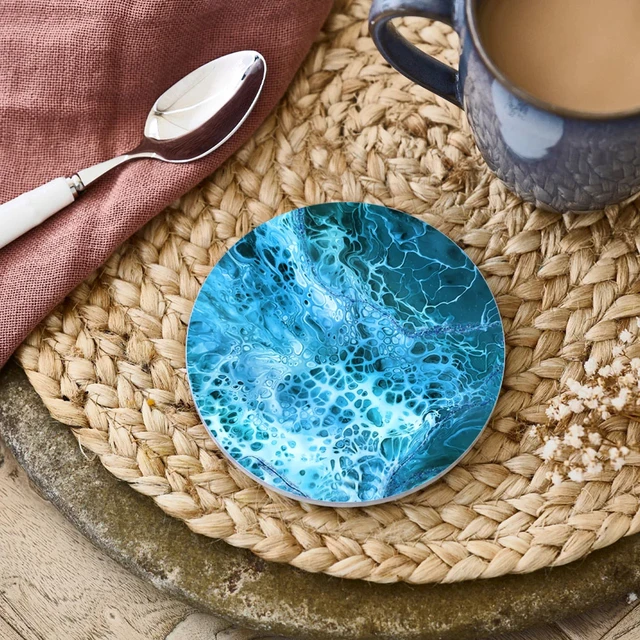Top News Sites Fundamentals Explained
Unique Art Things To Know Before You Get This
Table of ContentsThe Greatest Guide To Unique ArtUnknown Facts About Unique ArtNot known Facts About Unique ArtSee This Report on Unique Art
While one could discuss which art kind holds precedence, the fact remains that each of these seven kinds offers a special home window into human history, culture, and advancement. They are the tapestries that chronicle our journey, advising us of our past while motivating visions for the future.Great art work narrates, makes people look two times, and produces a special experience that can not be matched. Art and illustrations communicate all of that via shade, form and various other design elements. Discover how to make your one-of-a-kind art work stick out from the group.
3 Emil DervishIn this entryway by Emil Dervish that gorgeous cobalt blue door steals the program. To bring much more dramatization, he extended the paint. to the doorframe and the wall surface up, completing in an arched form. The contours, along with a round sconce, soften the edges - Unique Art. Structures vintage posters and maps of precious places established the scene.
8 TRIA GIOVANEqual components grand and laidback, this entrance hall made by Anthony Baratta is the excellent blueprint to follow if you're enhancing an official entrance that still feels unfussy and comfy. Formed textiles take facility stage (see the rugs and the couch), yet they likewise help bring the high ceilings down to a human scale when hung over wallpaper.
Get This Report about Unique Art
18 Heidi Caillier DesignA gallery wall does not need to take up the whole area. Occasionally a little one can make a larger design declaration. In this living room, Hiedi Caillier opted for micro-mini structures and a random make-up.
The elements of this languageits shapes, lines, colours, tones, and texturesare utilized in various ways to generate experiences of quantity, room, activity, and light on a flat surface area. These elements are integrated right into expressive patterns in order to represent real or mythological sensations, to analyze a narrative theme, or to develop entirely abstract aesthetic connections.
Later on the notion of the "great artist" created in Asia and Renaissance Europe. Famous painters were afforded the social condition of scholars and courtiers; they signed their work, decided its design and commonly its subject and images, and established a much more personalif not constantly amicablerelationship with their clients. Throughout the 19th century painters in Western societies began to shed their social setting and protected patronage.
Unique Art for Beginners
Others earned an income via exploring exhibitions of their job. The need to appeal to a marketplace had replaced the comparable (if much less impersonal) demands of patronage, and its effect on the art itself was probably similar. Typically, artists in the 20th century could reach a target market only through from this source industrial galleries and public galleries, although their job might have been sometimes recreated in art periodicals
For the background of paint in old Egypt, see Egyptian art and style. The advancement of paint in different regions is dealt with in a number of articles: Western paint; African art; Main Asian arts; Chinese paint; Islamic arts; Japanese art; Korean art; Native American art; Oceanic art and style; South Asian arts; Southeast Asian arts. For a conversation of the forgery of artworks, see bogus. For a discussion of the role of paint and various other arts in faith, as well as of using spiritual symbols in art, see spiritual symbolism and iconography. For details on other arts associated with paint, see articles such as drawing; individual art; printmaking. It is the feeling of inevitability in this official organization that offers a great paint its visit their website self-sufficiency and existence. The colours and positioning of the principal photos in a layout may be occasionally greatly made a decision by representational and symbolic considerations. It is the formal interaction of colours and shapes that alone is capable of interacting a certain state of mind, producing optical feelings of area, quantity, movement, and light and producing forces of both consistency and tension, even when a painting's narrative significance is obscure.
Do not replicate the style of various other artists if you're attempting to discover your style. Copying other individuals's artwork can be fantastic in instructional objectives but it will not make you closer to locating your very own special style. Your artistic design has to be, what you like and what inspires you.

Getting My Unique Art To Work
You need to attempt great deals of various options and discover whatever before you can concentrate on one certain style or you'll be bored, or even worse, you'll despise your own design. I suggest you to attempt every solitary subject that you're interested in, explore as much as you can. Attempt different mediums that delight you and brand-new methods you have actually never tried prior to.
With time you'll have the ability to sort every one of them right into your preferred and the very least favorite groups. navigate to this site Attempt to focus your focus on the subjects and mediums that you like and prior to you see it coming you'll have your very own individual and distinct design, like no person else have! In the end you'll have a couple of favored subjects to paint and perhaps a few favored tools.
